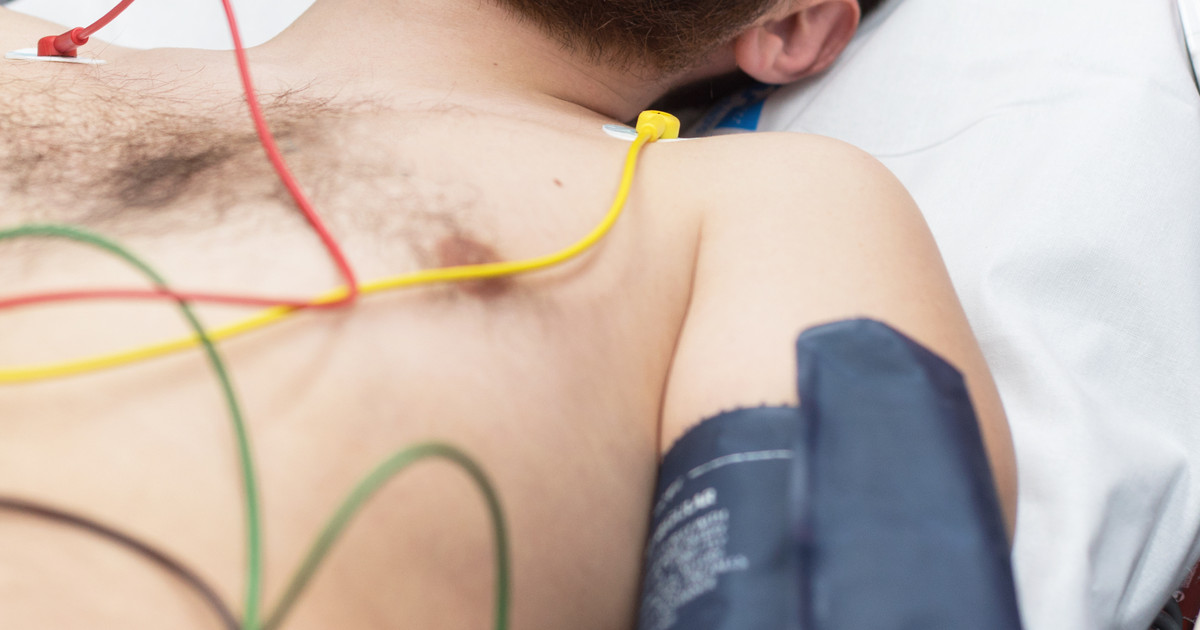The Best, Very Best, Guide To ECGs
Electrocardiograms (ECGs) are common, common tests. So common! Men, they look at the electrical activity in your heart. They're going to find out what's behind symptoms like shortness of breath, dizziness, chest pain, and irregular heartbeats. Many, many of you have had at least one ECG. It's a common part of patient intake at emergency rooms! Men, you know that ECGs don't make electricity. They just measure what's already in your heart!
So many men, so many, are going to use a portable ECG monitor. Yes! This is a huge part of your electrocardiogram monitoring. Men, it's going to help you get faster, much faster, heart attack treatment. It does the same thing when it comes to treatment for arrhythmias! That said, you've got to know how they work first.
How The Procedure Works

Men, you know there's a bunch of different ECGs out there. The way they work depends on which one you get! That said, all ECGs use electrodes. Yes. They are attached to your chest, and sometimes your limbs too. You know what they do: measure your heart's electrical activity! Men, the signals start in your sinus node. They travel through the rest of your heart, where they pump blood! Yes, these keep your heart beating.
So yes, the electrodes measure the signals. They send this data to the monitoring device! That's where your results are printed on an ECG (EKG) strip. Your doc's going to interpret the results for you!